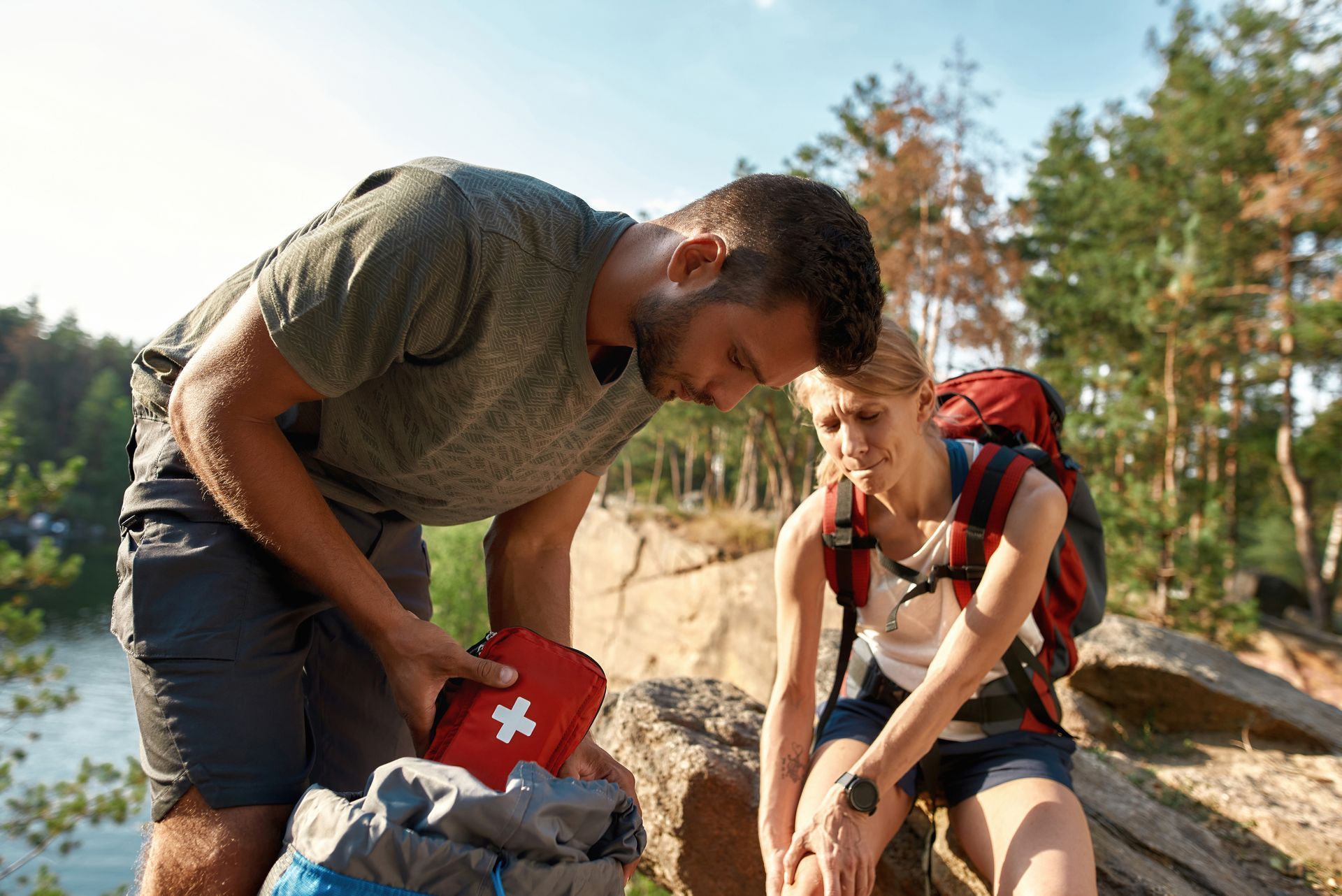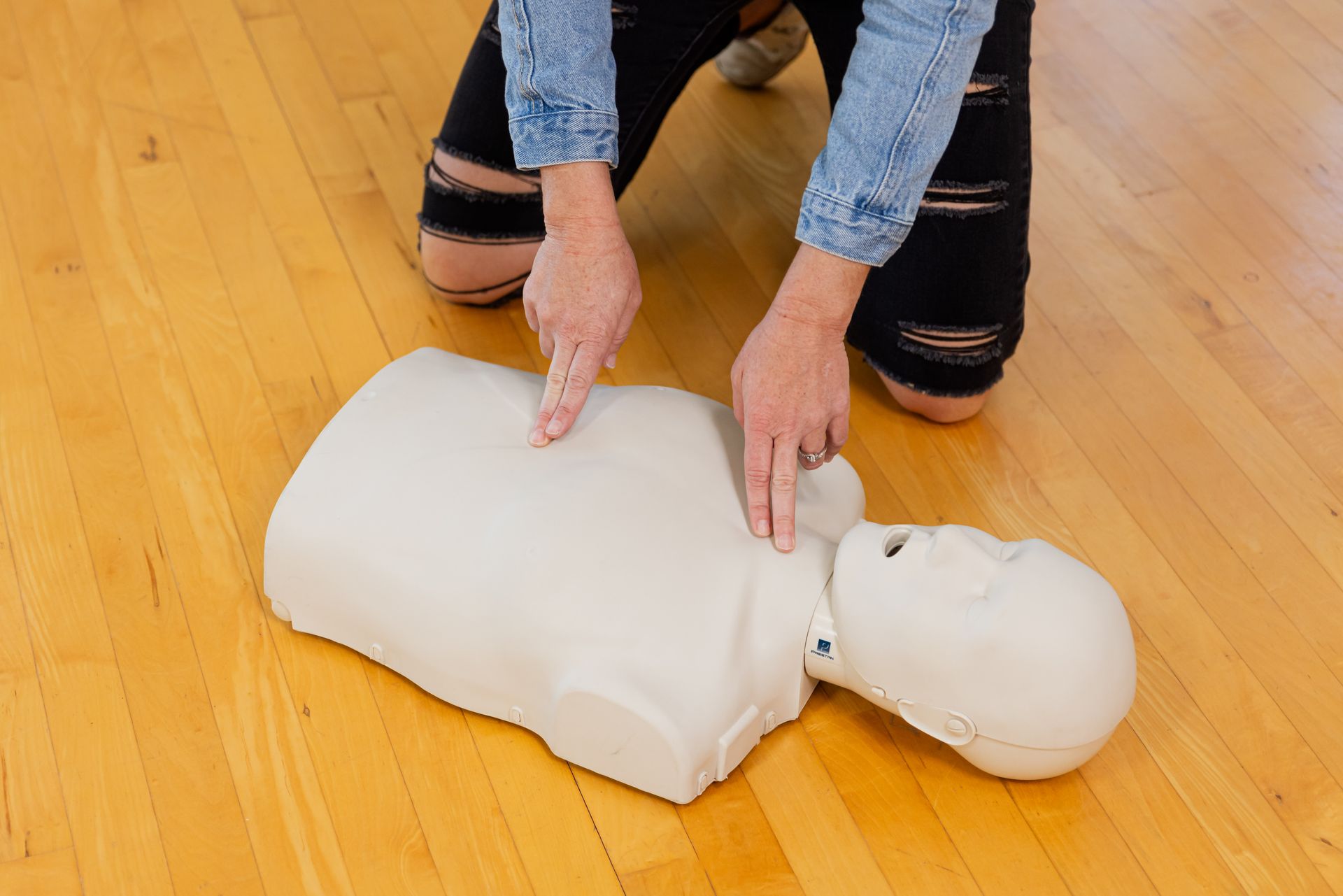Why Every Home and Vehicle Needs a Trauma First Aid Kit: Stop the Bleed and Save a Life
Emergencies don’t wait for the perfect moment—they happen fast, often without warning, and sometimes in places where professional help can’t get there quickly enough. Whether you're at home, on the road, or out enjoying life, having a trauma first aid kit could be the difference between life and death. That’s exactly why the national Stop the Bleed initiative was created—to empower everyday people to save lives by controlling severe bleeding before emergency responders arrive.
What Is “Stop the Bleed”?
Stop the Bleed is a national awareness campaign and training program developed by the American College of Surgeons in response to mass casualty events, accidents, and trauma-related deaths. Its mission is simple: teach people how to recognize life-threatening bleeding and act quickly to stop it.
The reality is that a person can bleed out in less than five minutes—often before EMS arrives. In that short window, a bystander equipped with the right knowledge and tools can be the difference between survival and tragedy.
Why Traditional First Aid Kits Aren’t Enough
Most first aid kits are designed to handle minor injuries—think band-aids, antiseptic wipes, and gauze for small cuts or burns. While important, these kits aren’t equipped to manage serious bleeding, which requires specialized tools and techniques.
In trauma situations like car accidents, power tool injuries, natural disasters, or even violent incidents, you'll need much more than a box of adhesive bandages. That’s where trauma first aid kits come in.
What Makes a Trauma/Stop the Bleed Kit Different
A Stop the Bleed kit is specifically designed to help you control severe bleeding until help arrives. Here’s what a high-quality trauma kit should include:
- Tourniquet (preferably a proven model like the CAT or SOFT-T)
- Pressure dressing to apply direct pressure and control bleeding
- Hemostatic gauze (impregnated with clotting agents)
- Chest seals for penetrating wounds to the chest
- Trauma shears
to cut through clothing quickly
- Nitrile gloves
to maintain hygiene and protect yourself
- Survival blanket to prevent shock
- Instruction card
or quick-reference guide to assist in high-stress moments
These kits are compact, portable, and can fit in your car, home emergency bin, or even your backpack.
Real-Life Scenarios Where a Trauma Kit Can Save a Life
Think these situations are rare? Consider the following:
- Car accidents where a passenger has a deep wound or arterial bleed
- Power tool or kitchen accidents that sever a vein or artery
- Natural disasters like earthquakes or tornadoes, where responders are delayed
- Hiking or camping injuries, especially in remote areas
- Violent incidents, where public bystanders are the first to respond
In each case, time is critical, and having the right tools on hand could save a life—possibly your own or someone you love.
Why You Need One in Your Car and Your Home
Emergencies can happen anywhere. You don’t plan for them—but you can prepare.
- In your home,
you’re most likely to deal with injuries from falls, cuts, broken glass, or tools.
- In your vehicle,
you're statistically more likely to encounter accidents, either as a driver, passenger, or bystander.
In both settings, having a trauma kit ensures you're not helpless while waiting for EMS. These kits act as a life-saving bridge between the moment of injury and the arrival of professional care.
How to Learn to Use Your Kit
Tools alone aren’t enough. Training matters.
The good news? Stop the Bleed training is widely available. These courses typically take about an hour and teach you how to:
- Recognize life-threatening bleeding
- Apply a tourniquet correctly
- Pack a wound with gauze
- Use a chest seal for a penetrating injury
You’ll walk away with hands-on experience and the confidence to act in a crisis.
Where to Get a Quality Trauma Kit
Not all trauma kits are created equal. Avoid generic “tactical kits” from big-box stores unless they meet Stop the Bleed standards. Look for:
- Tourniquets that are TCCC-approved (CAT and SOFT-T are the most trusted)
- Clearly labeled components
- Durable packaging
- Inclusion of all the essentials (listed above)
You can purchase pre-made kits from reputable emergency preparedness vendors, like Stop A Bleed, or assemble your own using Stop the Bleed guidelines.
Final Thoughts: Be the Help Until Help Arrives
In an emergency, you are the first responder—whether you feel ready or not. A trauma kit, paired with the knowledge from a Stop the Bleed class, gives you the power to act with confidence and potentially save a life.
Don’t wait for tragedy to strike. Equip your home and car with a trauma first aid kit, take a Stop the Bleed course, and empower yourself to be prepared for the unexpected.
You might never need it—but if you do, you’ll be glad you have it.



